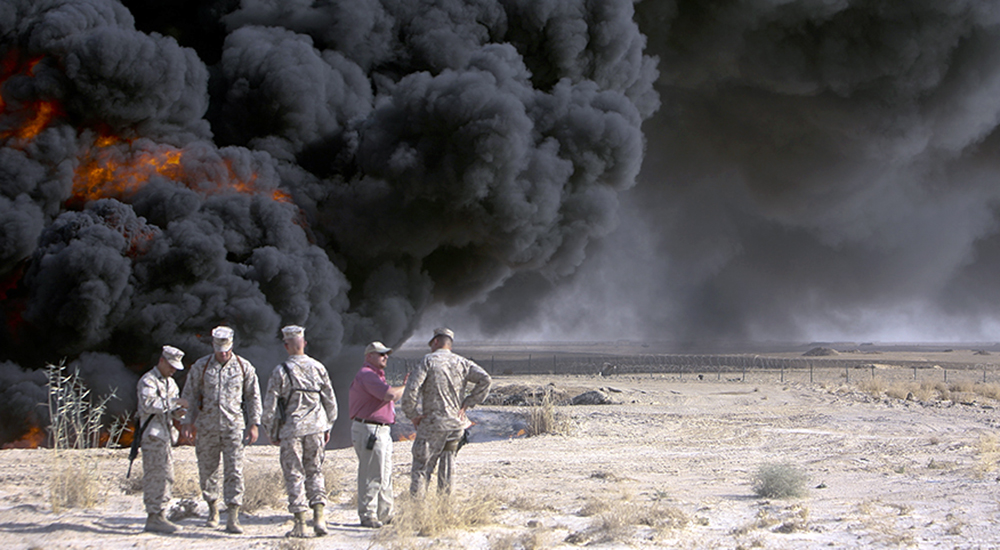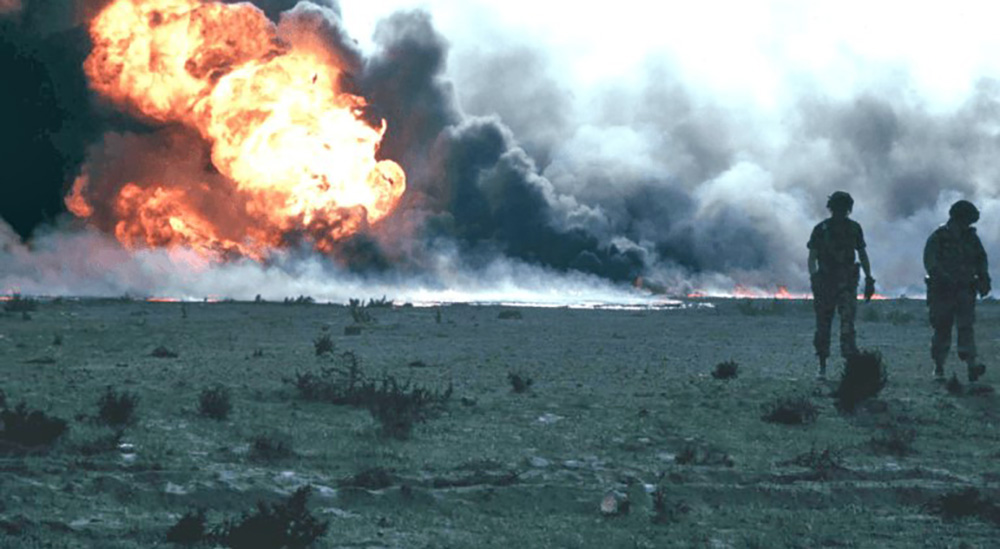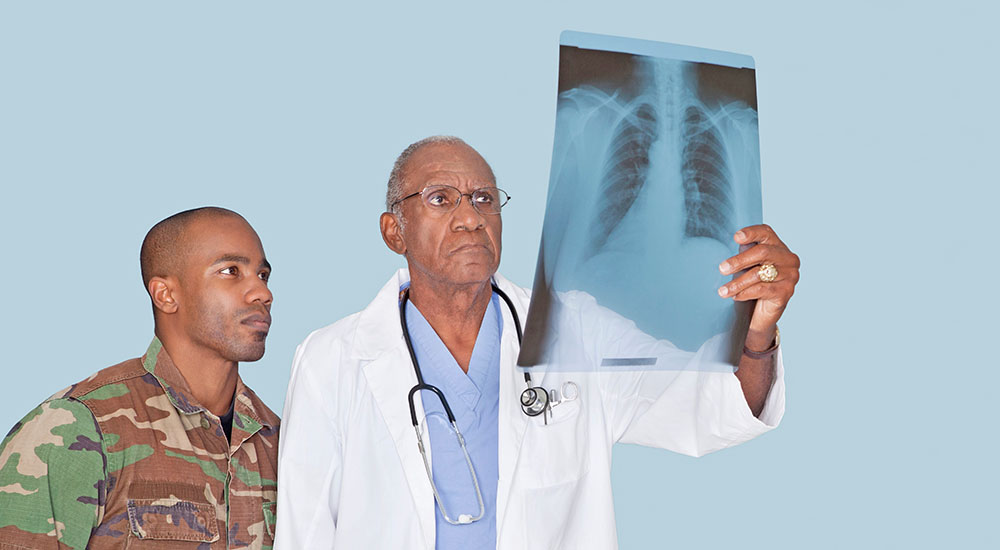VA is making several changes to the Airborne Hazards and Open Burn Pit Registry to expand eligibility and make it easier to use.
VA today announced the launch of the redesigned Airborne Hazards and Open Burn Pit Registry.
Visiting scholar program will advance VA research on airborne hazard exposure and improve medical care for Veterans and non-Veterans.
VA has launched a new webpage that shows the number of Airborne Hazards and Open Burn Pit Registry participants by state and congressional district.
As of July 2024, VA has approved more than 1.1 million claims made through the PACT Act. VA leads the way in exposure-informed care.
Treatment a Veteran can receive after toxic exposure. Learn about the online Airborne Hazards and Open Burn Pit Registry and the Post-Deployment Cardiopulmonary Evaluation Network.
The screening is an important conversation with your VA health care provider. Here’s the reality behind common misconceptions.
Ann Arbor VA pulmonologists describe the evaluation and treatment of a Veteran experiencing respiratory difficulty after exposure to burn pits.
Have you heard about the new toxic exposure screening? If you’re enrolled in VA health care, you can now receive the toxic exposure screening at VA medical centers and clinics across the country.
Follow multidisciplinary team efforts to diagnose and treat Marine Veteran exposed to burn pits in Iraq. “Veterans want and deserve answers.”
Were you exposed to hazardous materials while serving in the military, such as from Agent Orange or burn pits? Did you serve in Vietnam, Thailand or Southwest Asia? If so, you may be eligible to file for service-connected benefits based on presumptive exposure.
Veterans exposed to airborne hazards, sign up with the Airborne Hazards and Open Burn Pit Registry. Help us understand long-term effects, improve care and connect you with the care you’ve earned.














